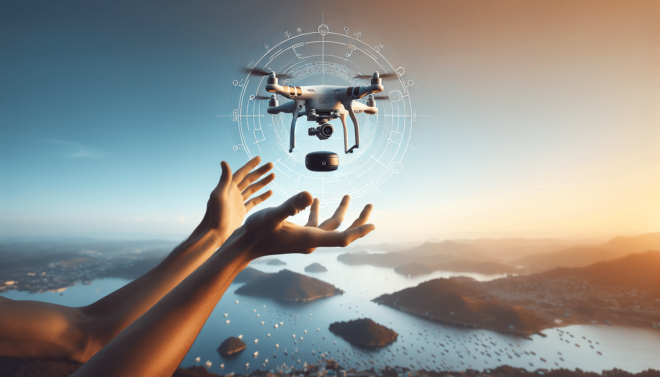How Do I Perform A Manual Calibration Of My Drone?
Introduction
If you own a drone, it’s important to ensure that it is properly calibrated to ensure smooth and accurate flight. Manual calibration is a crucial step in maintaining the performance and accuracy of your drone. In this article, we will guide you through the process of performing a manual calibration of your drone.
Why is Calibration Important?
Calibration is essential for your drone to fly accurately and maintain stability during flight. By calibrating your drone, you ensure that the sensors and systems within the drone are working correctly, allowing for precise flight control. Failure to calibrate your drone can result in erratic flight behavior, poor stability, and even crashes.
Preparing for Calibration
Before you start the calibration process, there are a few things you need to do to ensure a successful calibration. Here are the steps to take before beginning the calibration:
-
Find an Open Space: It’s important to perform the calibration in an open area free from obstacles. This will give your drone enough space to move around during the calibration process without any interference.
-
Check Battery Level: Make sure your drone’s battery is fully charged before starting the calibration. A low battery level can affect the calibration process and lead to inaccurate results.
-
Remove any Interference: Before calibrating the drone, remove any electromagnetic interference sources such as phones, radios, or other electronic devices. These can disrupt the calibration process and affect the accuracy of the calibration.
Performing Manual Calibration
Now that you have prepared for the calibration, it’s time to perform the manual calibration of your drone. Here are the step-by-step instructions to calibrate your drone:
-
Power on the Drone – Start by turning on your drone and the remote controller. Make sure they are connected and communicating properly.
-
Choose the Calibration Mode – Depending on your drone model, there are different methods to enter calibration mode. Refer to your drone’s user manual for specific instructions on how to enter calibration mode.
-
Horizontal Calibration – Place your drone on a level surface. Go to the calibration settings on your drone’s app or remote controller and select the option for horizontal calibration. The drone will start calibrating its level using the internal sensors.
-
Vertical Calibration – Once the horizontal calibration is complete, you will need to perform the vertical calibration. Follow the on-screen instructions to hold the drone in a specific orientation while it calibrates the vertical sensors.
-
Compass Calibration – To ensure accurate navigation, it’s important to calibrate the compass of your drone. Follow the app or remote controller instructions to enter compass calibration mode. Rotate the drone horizontally and vertically as instructed until the calibration is complete.
-
Verify Calibration – After completing the calibration process, test your drone in a safe and open area to ensure that it is flying correctly. Check for any abnormal behavior or flight instability that may indicate a calibration issue.
Troubleshooting Calibration Issues
Sometimes, despite following the calibration process correctly, you may encounter calibration issues. Here are some common calibration issues and how to troubleshoot them:
-
Drift Issues: If your drone is drifting during flight or not maintaining a stable position, it may indicate a calibration issue. Re-calibrate the drone following the steps mentioned above, paying extra attention to level surfaces and interference-free environments.
-
Compass Errors: Compass errors can lead to inaccurate navigation and flight behavior. If you encounter compass errors after calibration, try calibrating the compass again in a different location away from any magnetic interference sources.
-
Gyroscope Calibration Failure: If the gyroscope calibration fails, it may result in erratic flight behavior. In such cases, power off the drone and restart the calibration process, ensuring a stable and level surface for calibration.
Conclusion
Performing a manual calibration of your drone is a crucial step in ensuring its proper functionality and flight performance. By following the steps mentioned in this guide and being aware of common calibration issues, you can maintain the accuracy and stability of your drone during flight. Remember to calibrate your drone regularly, especially after crashes or firmware updates, to keep it flying smoothly and accurately. Happy flying!

